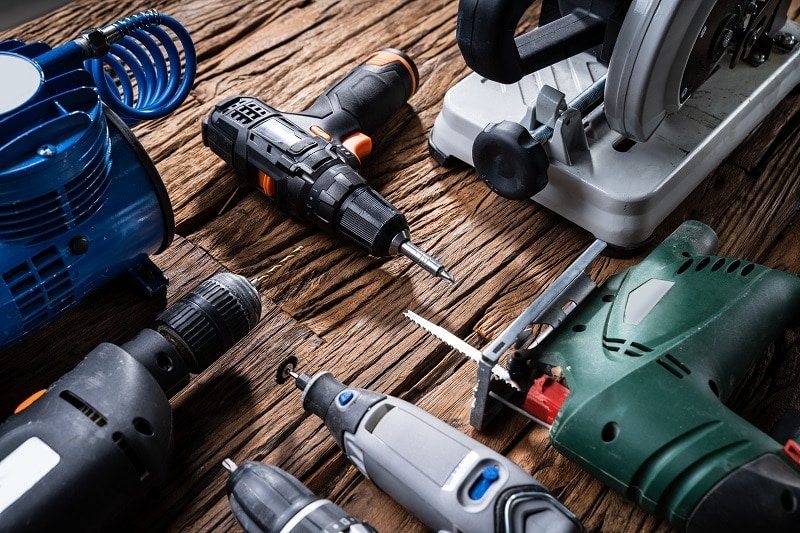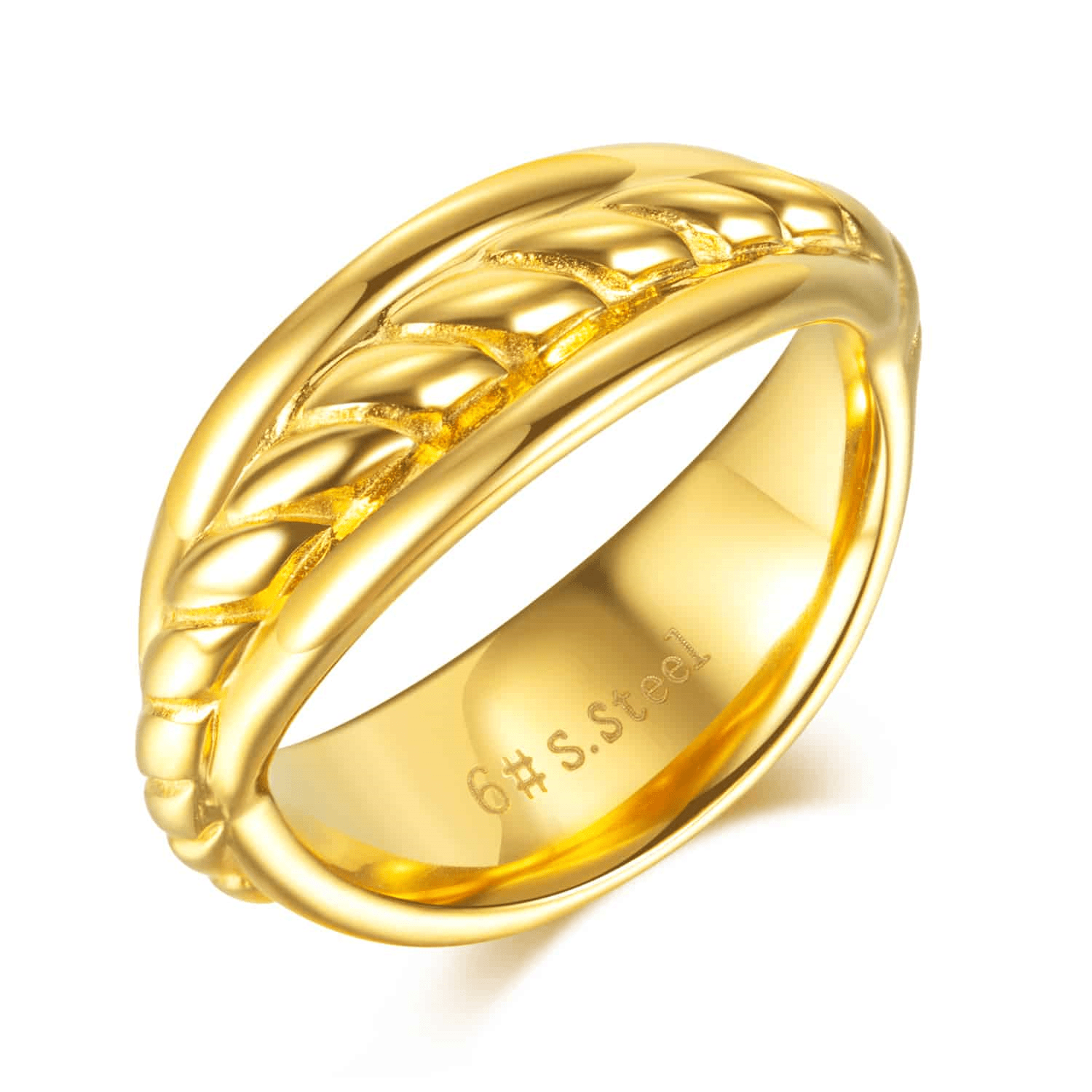More than 80% of all Americans have a lawn. Not only will it improve the look of your property, but it’ll also offer a surface on which children and pets can play.
Don’t have time to maintain a natural lawn? You can always install Artificial grass. If anything, it’ll look even better than seeded grass. For one thing, it’ll be green year-round.
Thinking of making the switch? Don’t know what kind of artificial turf grass to get? If so, you’re in luck—we’ll be going over everything that you need to know below.
Keep reading for some tips on how to choose the best artificial turf!
1. Consider Blade Length
Blade length refers to the length of the grass blades, from the backing to the tip. Ideally, you want to choose something that’s between 2-1/2 and 3 inches—that’ll give you the most natural look.
For those with children or pets, however, it might be better to get something a little longer—between 3 and 4 inches. That’ll add softness to the lawn so that it’ll be more comfortable for them to play on.
Anything longer than that and you risk having flat-looking grass.
2. Consider the Density
Density refers to the number of synthetic yarns per square meter of turf. Generally speaking, the denser the artificial turf, the more durable it’ll be. Not only will the fibers be able to support each other better, but they’ll also recover more easily from foot traffic.
Numbers-wise, high-quality artificial grass tends to have a density of around 18,000 stitches per meter. Low-quality turfs, in contrast, have around 6,000 stitches per meter.
You also want to factor in the type of material that the grass is made from. Ideally, the turf should be made from nylon—it’s much more resilient than other fibers such as polypropylene and polyethylene.
3. Consider the Warranty
How much is artificial turf? It depends, but you can expect to spend a few thousand dollars for everything, including installation.
Given that, it only makes sense to check the warranty. Read the fine print; make sure that you’re protected against defects. For example, some policies may not cover against UV damage or fiber loss.
Keep in mind, however, that no warranty will protect against damage owing to improper use.
Tip: You can save some money by installing it yourself—just search for videos on how to lay artificial turf. If anything, you just have to buy the grass (they’re available from many sites, such as Astroturf).
Choosing the Best Artificial Turf
Not all artificial turfs are the same. There are many things that you want to consider, from blade length to pile density. So do your research—only then, will you be able to get the best artificial turf for your lawn.
Did you find these tips helpful? For more posts like this, check out the rest of our home improvement section!

